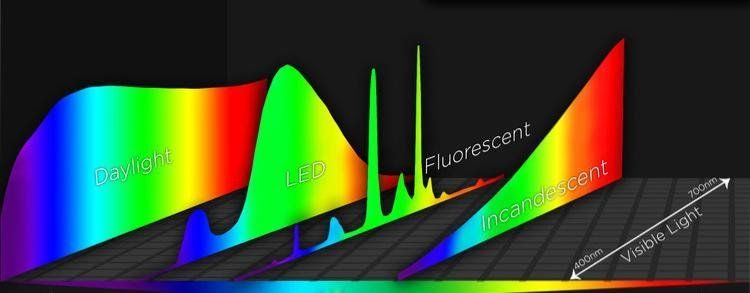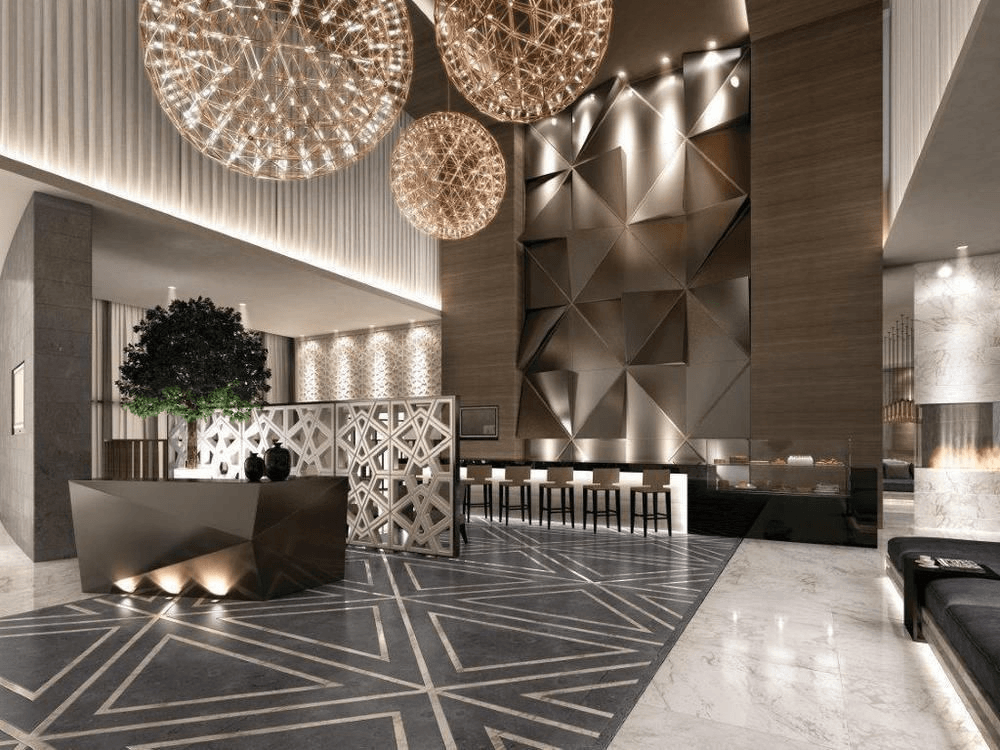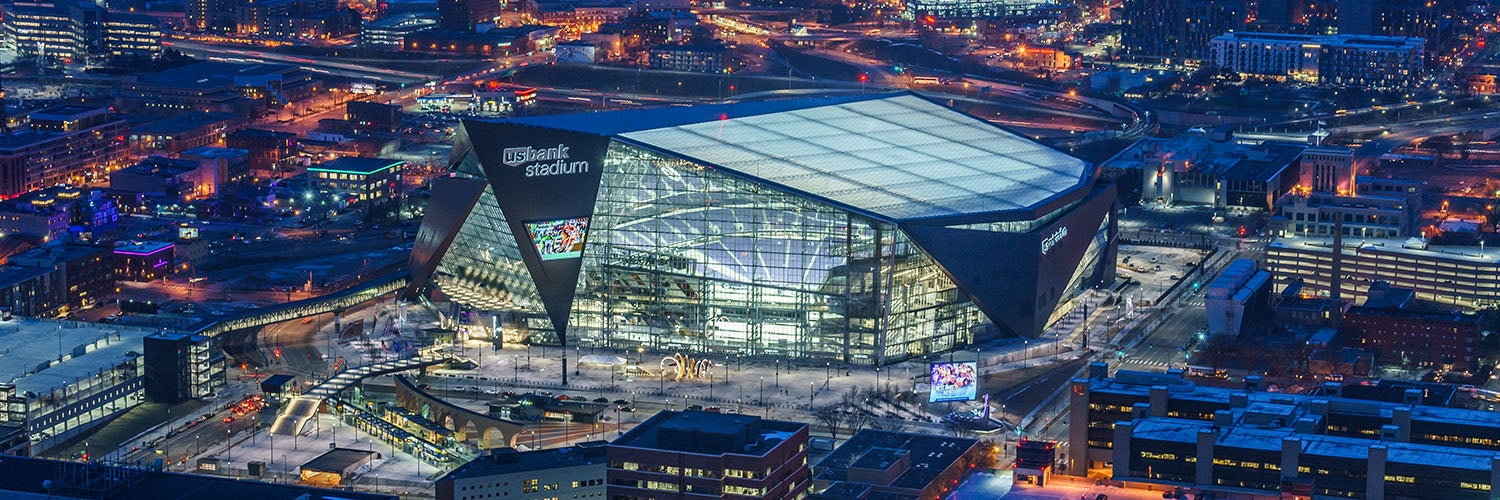LED Upgrade Spotlight Switching Fluorescent Fixtures to LED
Here at HardWire we cannot stress enough the benefits of moving away from fluorescent tubes in favor of LED lights. In an ideal world, anyone using fluorescent tubes would completely redesign their space to take advantage of all the different and emerging LED options and provide a mixture of different kinds of lighting, but we know that’s not always feasible.
In this previous article, we discussed why you’re better off upgrading to LEDs rather than using the old fluorescent tube replacements you may have in stock. Here we’ll look at practical ways of actually upgrading to LED.
It’s worth noting that upgrading to LED from incandescent bulbs is fairly straightforward. A given fixture takes a bulb with an E26 or an E12 base and you can purchase an LED bulb with roughly the same shape and it will screw in and function perfectly well--likely better than its incandescent counterpart. Moving away from fluorescents is a bit more complicated. Fluorescent tubes,
much like HID lamps, require a ballast to regulate the power flowing to the tubes themselves in order to work properly.
Replacing your fluorescent tubes with LED tubes is often the least expensive option--much less expensive than replacing the whole fixture. This method may require some basic rewiring of the fixtures to bypass the existing ballast. However, as the ballast itself can account for up to 10 percent of your energy draw, you will be saving even more money between eliminating that and moving to LED, which are far more efficient than fluorescents. Some LED tubes can function with an electronic fluorescent ballast, but it is typically recommended that the ballast be removed from the circuit.
Converting to ballast bypass tubes presents two challenges. First, the industry offers both single-end and double-end bulbs. Some fixtures may not have the correct socket (sometimes called tombstones) to accommodate ballast bypass tubes.
With a single-end bulb, all the wiring goes to the sockets at one end of the fixture. The sockets at the other end of the fixture are left unwired.
With a double-end bulb, you wire the supply (hot) wire (typically a black or a red wire) to the sockets at one end of the bulb and the neutral wire (typically a white wire) to the sockets at the other end of the bulb. In a two- or four-bulb fixture conversion, you would wire all the sockets at one end of the fixture to the supply wire and all the sockets at the other end of the fixture to the neutral wire in a series. Typically rewiring for double-end tubes takes 25% less time than wiring for single-end LED tubes.
The other complication with converting a fluorescent tube fixture involves the type of socket that the existing fixture currently uses. LED tubes require non-shunted sockets. Fluorescent fixtures can either have shunted or non-shunted sockets. The illustration below displays the differences between the two.
Shunted sockets receive voltage through a single set of wires and spread it to both contacts.
In non-shunted sockets, the contacts inside the socket are separate from each other.
Typically, older T12 fluorescent tubes use non-shunted sockets. T8 and T5 fixtures that employ rapid-start, programmed-start, or dimming ballasts typically use non-shunted tombstones.
T8 and T5 fixtures with instant-start ballasts use shunted tombstones.
To know for certain which socket is in use in your fixture, use a volt-ohm meter to determine whether the sockets are shunted or non-shunted. To do this, turn the power off to your fixture. Next, turn your VOM dial to the continuity setting. Place a contact point on each side of the socket. The VOM will light up, ring, or beep if the socket is shunted.
While your LED T8s will function in the old fluorescent fixture, you will get the most out of your new LED tubes by using an LED-specific fixture. These fixtures require no ballast and will work with any LED tubes.
Contact us today for a free consultation
and get started with an LED retrofit upgrade using the highest quality DLC rated energy-efficient LED lighting and a 5-year warranty.





